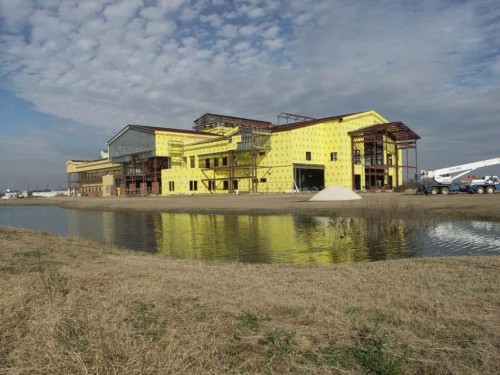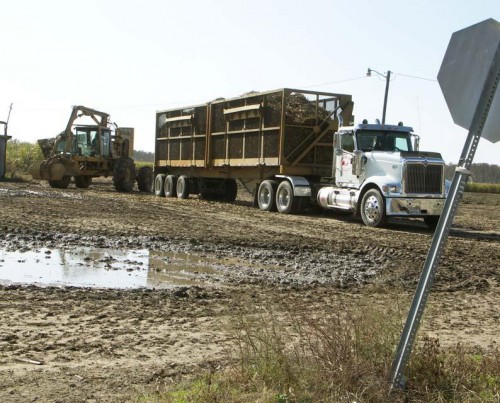
Fletcher among nation’s fastest growing tech colleges
December 20, 2011
Mandry J. Bourgeois Sr.
December 22, 2011Milling for the 2011 fall sugar cane harvest was wrapped up Friday at Lafourche Sugars as General Manager Gregory Nolan said processing had been strong for a third consecutive year at approximately 900,000 tons for the Thibodaux facility alone.
“Sugar is still holding up pretty good,” Nolan said when the world market price Friday was listed at $22.97 per contract. While the United States is one of the world’s largest sugar producers, future pricing for this commodity is based on global projections.
With two weeks remaining in what is considered the milling season, USDA Sugar Cane Research scientist Paul White said statewide tonnage is expected to surpass the more than 12 million gross tons of cane production posted during 2010, which yielded more than 1.4 million short tons of raw sugar.
“So far, so good,” White said. “We’ve not had excessive rain so harvest has gone smoothly. We are also fortunate that the price for sugar is holding.”
“The [Louisiana] harvest season has been a good one,” American Sugar Cane League General Manager Jim Simon said, although his projections differed slightly from White’s. “The weather conditions have been almost textbook to get in and out of fields.
“The tonnage is a little bit off, but the sugar production is up. We are going to produce the same amount that we have been able to produce for the past three years,” he added.
Louisiana sugar production registered at the end of 2009 posted a reduction of cane processed, slightly more than 1 percent, with 208 pounds per gross ton, from the 229 pounds per gross ton processed in 2008.
The 2010 season offered a gross level of cane milled at more than 12 million tons, down 13 percent from 2009, but produced 231 pounds per ton, up 10 percent, from the previous season.
Heavy rain in 2009 was blamed for the reduced yield, which was 10 percent lower than what was offered in 2008.
“Statewide we are going to produce about 12 million tons of cane [for 2011],” Simon said. “Sugar production [this year] is equal to [last year] at about 1.4 million tons of sugar. So while the tonnage is less, the sugar produced is the same and that makes for efficient farming because the sugar content per cane is up.”
“Here in Louisiana we grow a tropical crop in a temperate climate,” White said. “So one of our big research areas is breeding sugar cane for cold tolerance.” Such a plant could be grown in areas of Louisiana where sugar has not previously been grown. White did not speculate how this might help future sugar production for the state, although sampling is taking place at the USDA research farms in Terrebonne Parish.
ASCL data illustrates how growers and millers have improved overall production in Louisiana with improved cane varieties.
During the past 40 years, Louisiana sugar production increased while the number of farms and mills decreased. In 1999, the highest year for per acre production during that timeline, the yield recovered per gross ton was 10.48 percent on 463,000 acres, and involved 800 farms and 18 mills.
In 2010, a total of 510 Louisiana farms and 11 mills offered a recovery per gross ton of 11.56 percent, while gross cane cut per acre was 31.1 tons from 420,000 acres.
Sugar cane production has gained renewed interest in Louisiana in part because of expanded testing beyond usage as a food source. “We continue to collect samples of energy cane to test for yield and fiber quality,” White said. “High biomass canes are being used by bio-energy companies to test feasibility of cellulosic ethanol production.”
Researchers contend that as a gasoline additive, sugar cane offers higher efficiency and lower cost than corn. Such a development holds the potential of complimenting both the sugar cane and oil industries in Louisiana while meeting demand for alternative fuel resources.
Experts in the sugar fields have said only future seasons will reveal how cane demand and production might expand.
Loading sugar cane for transport to the mill is being completed for the season as industry experts anticipate a strong year for tonnage and yield. MIKE NIXON









